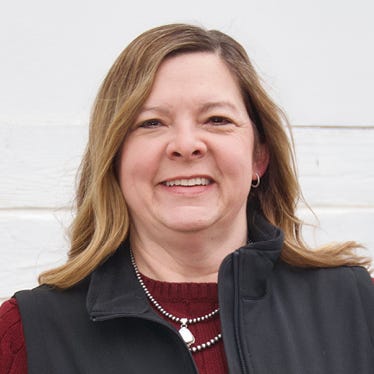June 21, 2022

As poultry industry producers have dealt with avian influenza outbreaks twice in the past 10 years, their friends in pork production have watched and learned. The big takeaway: Preparation is the best way to handle a disease outbreak.
“When it comes to foreign animal diseases like African swine fever and foot and mouth disease, we have to have a good plan in place to be able to return to business as usual as quickly as possible,” says Liz Wagstrom, chief veterinarian for the National Pork Producers Council.
Last July, ASF was found in the Dominican Republic and Haiti, making it the first time the Western Hemisphere has seen a pig-only disease in 40 years. Wagstrom says U.S. Customs and Border Patrol has ramped up efforts to keep diseases out of the United States. The U.S. established a recognized protection zone on Puerto Rico and the U.S. Virgin Islands to help limit the negative impact of the trade of pork products from the mainland if a case of ASF was found on those islands.
“We need to do our best to keep diseases which affect trade out of our country,” Wagstrom says. “It would have severe implications on our industry. Producers must also play a part in our response by having an animal disease plan and stepping up their biosecurity.”
Lessons learned
Iowa’s state veterinarian, Jeff Kaisand, says the state has learned a lot about biosecurity since 2015 — when highly pathogenic avian influenza caused the death of 34 million chickens and turkeys in the state. The 2022 outbreak was contained to just 13.4 million birds, due to the increase in biosecurity at the commercial chicken and turkey facilities.
“Besides having better biosecurity, we learned how to mass-depopulate facilities with an outbreak much more quickly,” Kaisand says. “This helped prevent any spread from one site to another. We want to have a diagnosis and action taken in less than 24 hours. We are fortunate to have a veterinary diagnostic lab in Ames to help us with this process.”
Following a confirmed positive case, rapid depopulation is part of the quick plan. Having staff prepared with a plan helped keep the outbreak much smaller than it was previously. Kaisand says producers must also be aware of what will happen, and regulations need to be followed in order for the indemnity to be paid out.
“It’s also important to know [that] mass depopulation is different than euthanasia. We have to stop the spread of the disease. If it is not stopped, more animals will die from the disease, and it will spread,” Kaisand says. “We have to be ready to depopulate quickly and aggressively from the beginning.”
Iowa Secretary of Agriculture Mike Naig says adjusting plans according to what they’ve learned from other diseases should help in the future. “We are fortunate in Iowa to have the critical infrastructure for disease prevention and preparedness through the Veterinary Diagnostic Lab at Iowa State University, the strong presence of the USDA National Animal Disease Center in Ames, and those organizations who have been working with us to set a plan in place,” he says. “The VDL is a key in turnaround time for identifying a case and then working forward.”
Next steps
Wagstrom says the pork industry will continue to look for the best ways to depopulate, but the method must be approved by the American Veterinary Medicine Association. Animals will be quickly taken care of in a humane way. NPPC made a big ask and secured $20 million in the federal appropriations bill to hire more than 120 more federal veterinarians to help with the prevention of ASF and other foreign animal diseases.
Veterinarians at federal facilities continue to work on vaccines for ASF and other foreign animal diseases. Naig says the science behind the vaccines is very exciting, but trade implications are real. Disease containment and eradication would be important in a disease outbreak in order to get back to being disease-free.
“We have a strong lab network across the country to help in animal and human disease prevention, as seen when the VDL in Ames helped with COVID-19 testing,” Naig says. “These relationships help our country and our producers.”
Kaisand and Wagstrom agree that working together across the industry will help to get back to normalcy more quickly. “Producers control what happens on their farm, and the better prepared they are, the easier it is to put a plan in action. We can’t plan for everything, but we have to have a plan and work with it accordingly,” Kaisand says.
About the Author(s)
You May Also Like






